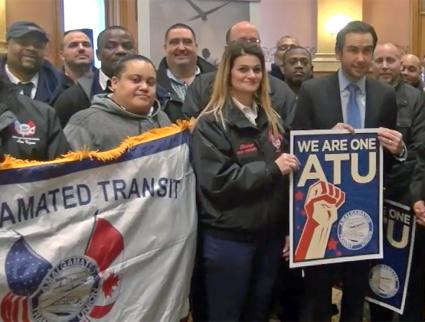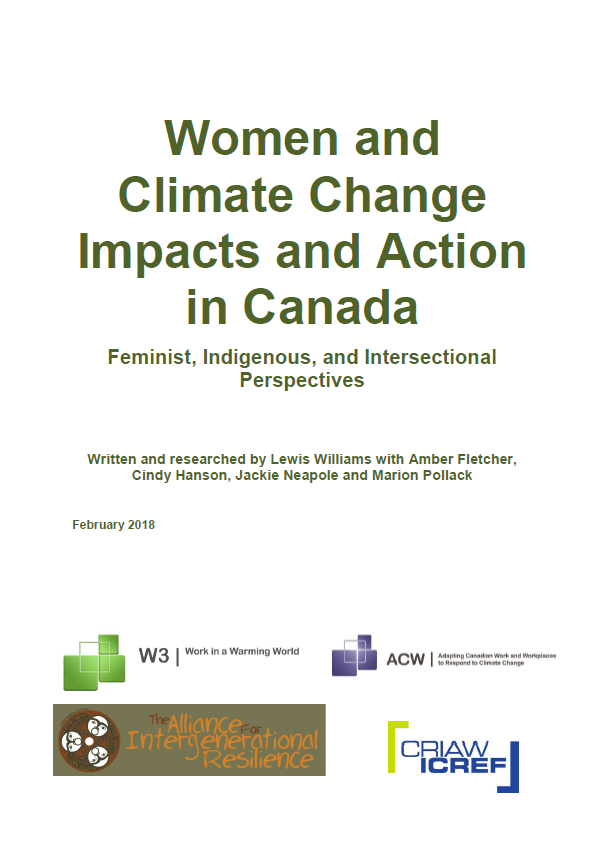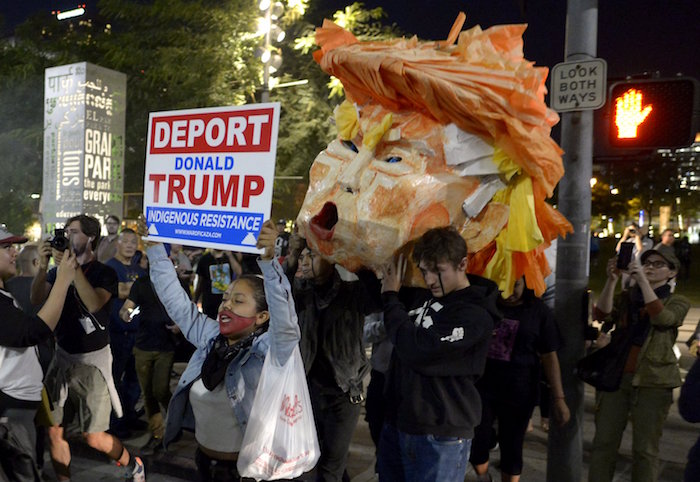By Rachel Levelle - 350.org PDX, June 29, 2017
 Climate Justice means hard work.
Climate Justice means hard work.
It’s tempting to assign labels or catchphrases to movements. The concept of climate justice or environmental justice has caught massive traction in organizing groups, but as easy as it is to put on a banner, it’s even easier to lose sight of what it really means.
Growing up in Beaverton, it was very easy for me to view climate change as solely a crisis of nature. It never occurred to me that the burden of the crisis was being shouldered unevenly. I heard about the polar ice caps melting and polar bears dying, but not about the Pacific Islander and seaside communities that were losing their homes at the same time. People like the workers at fossil fuel plants that need a steady paycheck, indigenous communities whose land is poisoned by oil, and low-income communities neighboring train tracks or dumping sites are not responsible for climate change or harm to environment. Yet, when coal trains derailing, toxic waste dumps, pipelines, and horrific factory conditions are talked about, plants and animals receive empathy while the people affected by these tragedies are too often ignored by the climate and environmental movements.
Repeatedly, environmental crises are viewed in isolation from issues like economic and racial justice by mainstream organizers and media. But the links of whose health and safety are valued and whose are disposable are deeply tied to these problems. Would corporations have the power to dump however much toxic waste and garbage they wanted if those sites were in predominantly white, middle-upper class neighborhoods? If affluent white communities were dependent on the health of the oceans and rivers for daily survival, would the response to pollution be so moderate? The answer is, unfortunately, seen in movements such as “Not In My Backyard” and in the decision to move the Dakota Access Pipeline onto Lakota and Dakota land. When projects are based in wealthier, white neighborhoods, they’re shut down rapidly.
As I began organizing during college, I realized this wasn’t because only these neighborhoods were protesting the developments. It was that these people were given legitimacy and a platform because of their identities. I could explain here the roots and causes of environmental injustice, but there are many who have done it better than I could (see the links below!). But simply stated, the effects come from the toxic combinations of capitalism and white supremacy.
Again and again in organizing, I’ve encountered an mindset among white organizers that people of color and poor folks aren’t fighting climate change. Often it is done with a sort of sympathetic, condescending tilt. When predominantly white environmental groups are asked why their campaigns aren’t drawing the power of more peoples to speak on their own behalf, there are some common responses: people of color are too busy organizing against racism, or lower-income communities are occupied with organizing for fair wages and better housing… or earning a wage.
And yet, very term “environmental justice” was coined by poor, black, rural organizers in the 1980’s. People like Reverend Leon White, Reverend Ben Chavis, and Reverend Joseph Lowery fought in Warren County against a toxic landfill being placed in their town. Environmental justice isn’t a free-floating term. It had been used by Black, Latino, Indigenous, Asian, and Pacific-Islander organizers to rebel against exploitative, unsustainable farming practices, fossil fuel plants, toxic waste dumps, destruction of natural landscapes they call home, and more. The harsh truth is, though, that these communities have been organizing against environmental degradation from the beginning—white environmentalists just didn’t notice because the campaign message wasn’t flagged as pro-environment.
Here’s the crux of the issue. Any solution, yes, ANY solution that remedies environmental injustice, and that does not center people of color and lower-income people in both formation and implementation is incomplete. Read that sentence again, and remember it. Because these false solutions fail to defend those most affected by climate change. There are issues and solutions that middle class, white organizers frankly cannot recognize and know the solutions to by themselves, because the problems aren’t theirs.
I’m not going to pretend I’m an authority on what this work entails or have unlearned all the internalized classism, misogyny, or whiteness (given that I am multiracial, I too have a lot of whiteness I need to acknowledge!) that interferes with me being able to do this work well. But that’s just it—none of us are ever done. We have to constantly be analyzing what platforms we might be taking from those who have been historically silenced. White people must acknowledge that their thought processes and false objectivity have been informed by whiteness and realize that they simply cannot have all the answers. They must become accept the tension in confronting their own biases, complacency, and role in allowing white supremacy to continue in the Pacific Northwest.
What is whiteness, and how is it different than having white skin, or than acting with white supremacist tendencies? Challenge the excuses that pop into your head to avoid the topic, and check out some of the resources below, that also show up on the environmental justice resources page. It’s really not that bad.





 May Day in Richmond this year has been organized as a celebration of working people and worker’s power. We will meet at Abner Clay park in Richmond at 5pm for a people’s banquet, music, comradery and other awesome events! This celebration has been collectively organized by the Richmond chapters or Organizing for a Free Society, Democratic Socialists of America, and the Richmond IWW General membership branch.
May Day in Richmond this year has been organized as a celebration of working people and worker’s power. We will meet at Abner Clay park in Richmond at 5pm for a people’s banquet, music, comradery and other awesome events! This celebration has been collectively organized by the Richmond chapters or Organizing for a Free Society, Democratic Socialists of America, and the Richmond IWW General membership branch. JUST OVER 62 years ago, Rosa Parks defied Jim Crow segregation that consigned Black passengers to sit in the back of the bus. Her act of resistance spurred the African American community to organize the 381-day-long Montgomery Bus Boycott, one of the most important events of the civil rights movement.
JUST OVER 62 years ago, Rosa Parks defied Jim Crow segregation that consigned Black passengers to sit in the back of the bus. Her act of resistance spurred the African American community to organize the 381-day-long Montgomery Bus Boycott, one of the most important events of the civil rights movement. Bargaining for the Common Good (BCG) campaigns are expanding and spreading across the country. These campaigns offer important lessons on how unions, racial justice organizations, and other community groups can go on offense and win in these challenging times. The upcoming Janus decision at the Supreme Court, which threatens the membership and financial base of public-sector unions, makes this all the more crucial. In essence, BCG campaigns are when union and community groups together leverage contract negotiations for broader, shared gains.
Bargaining for the Common Good (BCG) campaigns are expanding and spreading across the country. These campaigns offer important lessons on how unions, racial justice organizations, and other community groups can go on offense and win in these challenging times. The upcoming Janus decision at the Supreme Court, which threatens the membership and financial base of public-sector unions, makes this all the more crucial. In essence, BCG campaigns are when union and community groups together leverage contract negotiations for broader, shared gains. On Feb. 5, civil rights, trade union, student, church, and environmental activists in communities across North America will come together in a variety of events to call attention to a looming crisis in public transit.
On Feb. 5, civil rights, trade union, student, church, and environmental activists in communities across North America will come together in a variety of events to call attention to a looming crisis in public transit.
 There is no shortage of media commentary discrediting “identity politics,” particularly the focus on Black, Latinx, LGBTQ, and immigrant communities calling for justice and equity. Economics is our real problem, a counter argument goes, not race, sex, gender, citizenship. But as author Nancy Isenberg points out in White Trash, “identity has always been a part of politics.”
There is no shortage of media commentary discrediting “identity politics,” particularly the focus on Black, Latinx, LGBTQ, and immigrant communities calling for justice and equity. Economics is our real problem, a counter argument goes, not race, sex, gender, citizenship. But as author Nancy Isenberg points out in White Trash, “identity has always been a part of politics.” Today is the 30th birthday of the opening of London City Airport – but there isn’t much to celebrate. Since the airport’s opening in 1987, carbon dioxide levels have increased from 351 parts per million (ppm), around a ‘safe’ level in terms of climate change, to a dangerously high 409 ppm this year.
Today is the 30th birthday of the opening of London City Airport – but there isn’t much to celebrate. Since the airport’s opening in 1987, carbon dioxide levels have increased from 351 parts per million (ppm), around a ‘safe’ level in terms of climate change, to a dangerously high 409 ppm this year. Arshiya Chime is a union member helping to rescue the world from climate change. Once she gets her doctorate degree later this year from the University of Washington, she will become a highly prized mechanical engineer, helping economies become less dependent on oil while protecting the environment and creating jobs. But Chime, a leader in her graduate student employees union, United Auto Workers Local 4121, is not welcome in Donald Trump’s vision of America. As an Iranian immigrant, she’s denied the right to freely travel. If Trump’s Muslim travel ban orders ultimately are upheld, Chime would probably have to take her expertise to another country, because U.S. firms won’t want to hire someone unable to work on foreign projects and attend international conferences.
Arshiya Chime is a union member helping to rescue the world from climate change. Once she gets her doctorate degree later this year from the University of Washington, she will become a highly prized mechanical engineer, helping economies become less dependent on oil while protecting the environment and creating jobs. But Chime, a leader in her graduate student employees union, United Auto Workers Local 4121, is not welcome in Donald Trump’s vision of America. As an Iranian immigrant, she’s denied the right to freely travel. If Trump’s Muslim travel ban orders ultimately are upheld, Chime would probably have to take her expertise to another country, because U.S. firms won’t want to hire someone unable to work on foreign projects and attend international conferences. Climate Justice means hard work.
Climate Justice means hard work.